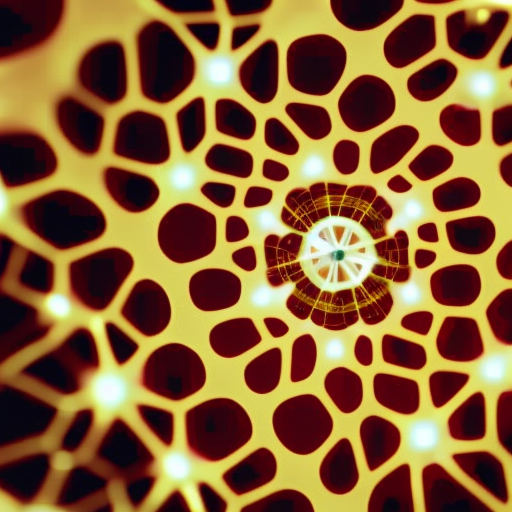Summary: The cell cycle is a highly regulated process that controls the growth and division of cells. It consists of four main phases: G1, S, G2, and M. The regulation of the cell cycle is crucial for maintaining proper cell growth, preventing the formation of tumors, and ensuring the accurate transmission of genetic material during cell division. This regulation is achieved through the action of various proteins and checkpoints that monitor the integrity of DNA and control the progression of the cell cycle.
G1 Phase:
During the G1 phase, the cell grows and prepares for DNA replication. The progression from G1 to S phase is regulated by the cyclin-dependent kinases (CDKs) and their associated regulatory proteins called cyclins. The CDK-cyclin complexes phosphorylate target proteins, promoting the transition from G1 to S phase.
S Phase:
In the S phase, DNA replication occurs. The initiation of DNA replication is controlled by the activation of the origin recognition complex (ORC) and the assembly of the pre-replication complex (pre-RC) at specific sites on the DNA. Once replication is initiated, the replication forks move bidirectionally along the DNA, synthesizing new DNA strands.
G2 Phase:
During the G2 phase, the cell continues to grow and prepares for cell division. The G2 phase is regulated by the CDK-cyclin complexes, which phosphorylate target proteins involved in the progression from G2 to M phase. The G2/M checkpoint ensures that DNA replication is complete and that the DNA is undamaged before entering mitosis.
M Phase:
The M phase, or mitosis, is the process of cell division. It is divided into several stages: prophase, prometaphase, metaphase, anaphase, and telophase. Each stage is regulated by specific proteins that control the organization and segregation of the chromosomes. The final stage of mitosis is cytokinesis, where the cytoplasm divides to form two daughter cells.
Cell Cycle Checkpoints:
Throughout the cell cycle, there are several checkpoints that ensure the proper progression and integrity of the cell cycle. The G1 checkpoint, also known as the restriction point, monitors the cell’s size, nutrient availability, and DNA damage before allowing entry into the S phase. The G2/M checkpoint checks for DNA damage and ensures that DNA replication is complete before entering mitosis. The spindle checkpoint, also known as the metaphase checkpoint, ensures that all chromosomes are properly aligned on the mitotic spindle before the onset of anaphase.
Tumor Suppressor Proteins:
Tumor suppressor proteins play a crucial role in regulating the cell cycle and preventing the formation of tumors. Examples of tumor suppressor proteins include p53 and retinoblastoma protein (Rb). These proteins can halt the cell cycle in response to DNA damage or other abnormalities and initiate DNA repair mechanisms or induce cell death if the damage is irreparable.
Conclusion:
The regulation of the cell cycle is essential for maintaining proper cell growth and preventing the formation of tumors. The cell cycle is controlled by various proteins and checkpoints that monitor the integrity of DNA and control the progression of the cell cycle. Understanding the mechanisms of cell cycle regulation is crucial for developing therapies to target cancer cells, as many cancer cells have defects in the regulation of the cell cycle.












